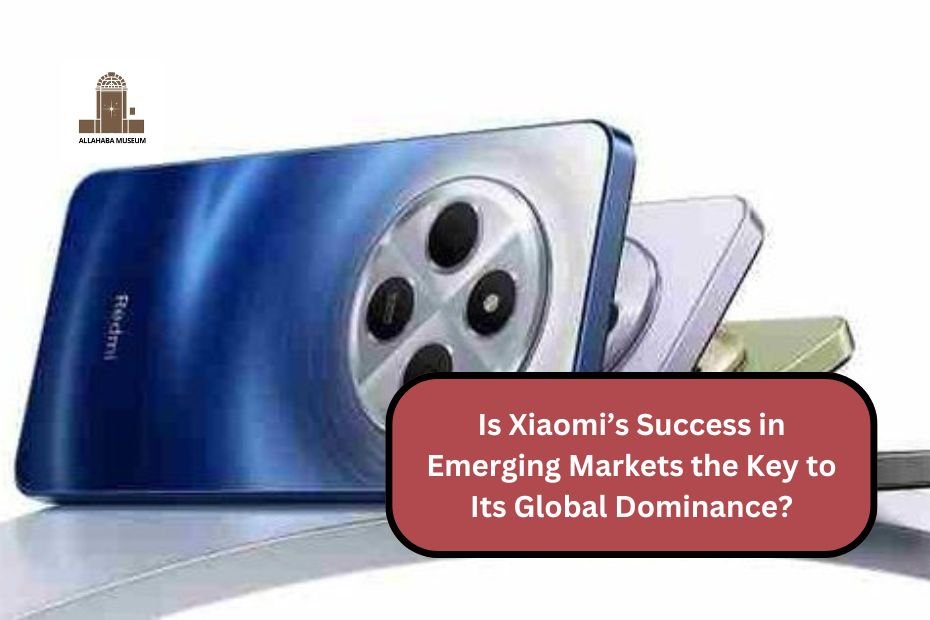Xiaomi’s recent success in emerging markets is indeed a crucial factor in its quest for global dominance in the smartphone industry. The company’s strategic focus on these markets has enabled it to outperform competitors like Apple and Samsung, particularly in regions where demand for affordable smartphones is growing rapidly.
Strategic Overhaul and Market Adaptation
Xiaomi’s rise can be attributed to a significant strategic overhaul that began after facing supply chain disruptions and a challenging economic environment in 2022. The company shifted its focus to a leaner product strategy, concentrating on creating a single “hero model” for each price band rather than flooding the market with multiple similar devices. This approach has allowed Xiaomi to streamline its offerings and better meet regional demands, particularly in emerging markets where price sensitivity is critical.
Growth in Emerging Markets
The company has seen substantial growth in regions such as Latin America, Southeast Asia, and India, where its entry-to-mid-tier devices have gained immense popularity. For instance, the Redmi 13 and Note 13 series have performed exceptionally well in these markets, contributing to Xiaomi’s overall sales growth of 22% year-over-year in the first half of 2024. Promotions and tailored marketing strategies have further solidified Xiaomi’s position as a leading brand in these areas, allowing it to capitalize on economic recoveries and rising consumer demand.
Competitive Advantage through Pricing
Xiaomi’s ability to offer 5G-capable devices at competitive prices has been instrumental in its success. The brand has effectively targeted the sub-$200 category, which has become increasingly popular among budget-conscious consumers. This pricing strategy not only attracts first-time smartphone buyers but also helps Xiaomi gain significant market share against established competitors who may not focus as heavily on this segment.
Performance Against Competitors
In August 2024, Xiaomi surpassed Apple to become the second-largest smartphone brand globally by sell-through volumes, marking a significant milestone for the company. This achievement was partly due to Apple’s seasonal decline as consumers awaited the release of new iPhone models. Xiaomi’s robust performance during this period highlights how effectively it has adapted to market conditions and consumer preferences, particularly in emerging markets.
Challenges Ahead
Despite its impressive growth trajectory, Xiaomi faces challenges as it seeks to maintain its momentum. Competition is intensifying not only from traditional rivals like Apple and Samsung but also from other emerging brands that are also targeting budget-conscious consumers. Additionally, as Xiaomi expands into premium segments with foldable devices, it must ensure that it continues to innovate while keeping costs manageable.
Economic Factors
The broader economic landscape will also play a role in Xiaomi’s future success. While many of its key markets are experiencing recovery, potential economic downturns or shifts in consumer spending habits could impact sales. The company must remain agile and responsive to these changes while continuing to invest in marketing and product development.
Conclusion
Xiaomi’s success in emerging markets is indeed a key driver of its global dominance strategy. By focusing on affordable pricing, tailored marketing strategies, and a streamlined product portfolio, Xiaomi has positioned itself as a formidable competitor in the smartphone industry. As it continues to navigate challenges and capitalize on opportunities within these dynamic markets, Xiaomi’s ability to innovate and adapt will be crucial for sustaining its growth trajectory and achieving long-term success on the global stage.
| HOME | CLICK HERE |
| CATEGORY | CLICK HERE |
